
Photos courtesy of the Illinois Department of Natural Resources.
Working in concert with a variety of partners, the Illinois Department of Natural Resources (IDNR) is on track to reduce the agency’s carbon emissions to zero by 2050.
In conjunction with the Smart Energy Design Assistance Center at the University of Illinois, IDNR developed a Climate Action Plan. Throughout 2022, more than 70 people from all facets of the agency served on one of seven climate action work groups: Education & Engagement; Equity & Inclusion; Natural Resources Solid Waste; Transportation & Fuel Use; Energy & Renewables; and Water and Wastewater.
“IDNR staff are responsible for the thoughtful and comprehensive Climate Action Plan that is being implemented, and staff leadership is the reason this plan will be successful,” explained Chris Young, Director of the Office of Resource Conservation, who also chaired the IDNR Climate Implementation Team.
To make the most of IDNR’s capacity, pilot projects will be undertaken that are designed to test new ideas before they are rolled out to the whole agency. As ideas are tested, the plan will be updated to maximize staff time and funds toward actions that create a brighter, greener future for IDNR and the people of Illinois.
Terra McParland, Education and Engagement Working Group

Terra McParland, the IDNR Flood Surveillance Program Manager, served as co-lead for the Education and Engagement Working Group.
“Our group focused on developing a strong plan for internal engagement with IDNR staff and externally with the public and our partner organizations,” she explained. “Ultimately, IDNR’s website and social media presence will showcase what we are doing, and how members of the public can replicate projects.”
“I found that the work group process brought about an incredible level of enthusiasm,” McParland continued. “Coming from an environmental engineering background, I welcomed the inter-disciplinary nature of the process and the opportunity to meet with many of the creative experts from within the agency who brought to the table perspectives for discussions revolving around a variety of causes.”
McParland foresees changes in the day-to-day work of IDNR employees once protocols are in place.
“The Education and Engagement Working Group is working on a website that will contain narratives on the impacts to climate change,” she said. “This will include a “Climate Corner” section that will highlight actions recommended by the various work groups. The Climate Corner will contain an assortment of products, from how-to videos to interviews with IDNR staff to showcase their sustainable projects. The website will include links to education lessons for formal educators and other climate change related resources to be used by the general public.
McParland concluded saying “The Climate Action Plan sets a precedence. IDNR is showcasing a number of actions that the general public will find are easy to undertake, and we look forward to other agencies and organization joining us to take similar actions.”
Thomas Hintz, Water and Waste Water Working Group

Thomas Hintz, Site Superintendent of Lincoln Trail State Park and Walnut Point State Parks, was struck by the consensus of opinion many work groups had about turf grass.
“Almost all groups recommended that one major IDNR initiative be to replace turf grass with prairie grasses,” Hintz, a self-proclaimed prairie restorationist, noted. “Other key items discussed in the Water and Waste Water Working Group were to retrofit campground wastewater treatment plants to be green and more sustainable, to catch water on roof tops and use the gray water for flushing toilets, and to modify parking lots to include permeable paving bricks and small rain gardens.”
Hintz sees conversion to LED lights and on-demand water heating systems as some of the first steps IDNR can take as equipment needs replaced or facilities repaired. Long-term, IDNR’s sustainable approach can include high-efficiency HVAC systems, green rooftops, electric vehicles and recharging stations in some of the parks.
“I am pleased that IDNR is committed to making green changes,” he said. “I will continue to do whatever I can to slow down climate change and am excited that IDNR is taking the lead on positive environmental actions for the state.”
When asked about how the public can get started, Hintz recommended “Start by replacing turf grass with low-growing prairie grasses, planting trees to shade your home or constructing a rain garden. Take responsibility for your property and turn it into wildlife habitat in a green and sustainable manner.”
“I enjoyed being a part of this project and to have the opportunity to talk to folks within the agency that I wouldn’t normally know as a part of my job,” Hintz observed. “Ultimately, we all learned that regardless of our role within the agency that we’re all on the same page!”
Anthony Tuzzo, Transportation and Fuel Use Working Group

An email invitation to join the formation of an IDNR Climate Action Plan team intrigued Anthony Tuzzo.
“I passionately believe that there is a lot we can do to improve the climate,” Tuzzo commented. “This also seemed like an excellent way for me to quickly develop a broader understanding about IDNR.”
Tuzzo joined IDNR on Dec. 1 2021 as a Site Technician II at Lewis and Clark State Historic Site.
Serving on the Transportation and Fuel Use Working Group inspired Tuzzo to lead the development of an electric mowing and landscaping demonstration at his site in September 2023.
“I am a tactile person when it comes to learning and being provided the opportunity to see green tools in action reinforced my beliefs that we can do better in managing state sites,” Tuzzo said. “A variety of vendors set up a demonstration day for IDNR staff to experience electric equipment. While the experience provided positive reinforcement for many staff, seeing an electric chain saw take down a tree with little effort changed the minds of some who weren’t as convinced of the effectiveness of such equipment.”
“Participating in this process provided the extra science needed to back up our decisions to make changes,” he explained, noting his biggest takeaway from the process was recognizing the layers of actions that can take place. “I felt I knew a lot about climate issues, but I now have a broader understanding of how various pieces of the puzzle play into the overall issue of climate change.”

Tuzzo recommends that the public start with simple, cost-effective changes. Instead of expensive turf grass, find a native prairie grass that is easier to maintain. Shift to LED lightbulbs that are cost effective and friendlier to the environment. If you have the resources, install a solar panel on your roof.
He also proposes taking every opportunity to educate yourself on climate action items.
“IDNR will soon have a web-based educational resource that will be a huge help for those interested in getting started,” he explained. “Making positive changes for the Earth is easier than you think.”
Michael Brunk, Equality and Inclusion Working Group
Seeing the invitation for involvement in the Climate Action Plan Working Group, IDNR’s Urban and Community Forest Program Manager Michael Brunk asked himself, “can I make time to get involved with something else?”
Brunk has become part of the Climate Action Plan Equity and Inclusion Working Group which is looking to enhance equity and inclusion throughout efforts within and outside of IDNR. The working group has connected with IDNR’s Diversity, Equity, Accessibility and Inclusion committee and disseminated sponsored training opportunities for staff and partners.

“I am so glad that I pushed myself to participate in this great cause,” he reflected. “This process has been extremely interesting and educational, and I am meeting people from so many disciplines within the agency. True, it was a little overwhelming at the beginning, but we talked things through, and I found it rewarding to see a strong plan come together.”
Brunk views IDNR’s Climate Action Plan as a good example of working with—and learning from—the IDNR team, collaborators and partners. For example, he noted learning about how Faith in Place churches are working with individuals within their neighborhoods to install rain gardens and solar power systems on church properties from one of the working group’s open forums.
Like many others at IDNR, Brunk explained that his work directly ties into addressing climate change. He noted how IDNR’s Urban and Community Forestry program focuses on assisting communities better manage their urban and community forests and how the program is becoming more attentive towards assisting disadvantaged communities.
According to Brunk, the growing human health impacts of a lack of tree canopy in many underserved and disadvantaged communities as our climate continues to become hotter.
Brunk’s ongoing community pitch is that “We should not become complacent with our urban forests. We cannot have enough trees to replace those being lost or removed due to development and we have to start prioritizing the uninterrupted presence of a living tree canopy in our communities. We need to manage urban forests with the expectation of experiencing extreme events that can have dramatic effects on our forests, such as exotic insect and disease damage and extraordinary weather events. This means communities should plan to annually plant trees—and not just one, but two or three trees for every one removed—to build the forest up before it takes the next hit.”

Serving as a work group member was an awakening.
“In many regards, the open discussions in DEAI training classes were, at some times, somewhat uncomfortable but enlightening and I want to learn and do better,” he imparted. “Each of us needs to be in touch with all aspects of climate change and I have learned that there are many facets to this issue. I try to keep a mindset of thinking ‘what can I do today to shore up my own climate action initiatives?’”
Participating in the development of IDNR’s Climate Action Plan reinforced Brunk’s belief that being open to change means welcoming opportunities to improve what we are doing for our environment, our communities and, most importantly, how we see and help each other.
During the interviews, McParland, Hintz, Tuzzo and Brunk all commented on the presentation team members made to the IDNR administrators when the Climate Action Plan was complete. On that day, IDNR staff representing all parts of the agency shared with managers what they had learned about new technologies and how to put these to use at IDNR sites. The presentation made an impression on IDNR managers, and has helped earn support from Agency leaders.
“As a government agency, we can’t ask you to make sacrifices and changes we are not willing to make ourselves,” noted IDNR Director Natalie Phelps Finnie in an opening statement in the Climate Action Plan. “That is why we are will be sharing the results of our efforts with you.”
Kathy Andrews Wright retired from the Illinois Department of Natural Resources where she was editor of OutdoorIllinois magazine. She is currently the editor of OutdoorIllinois Journal.




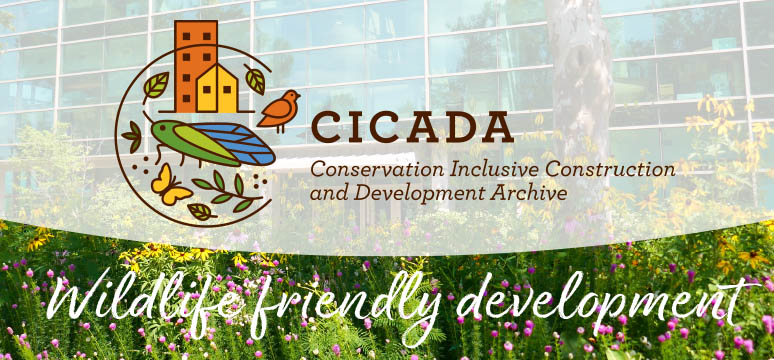
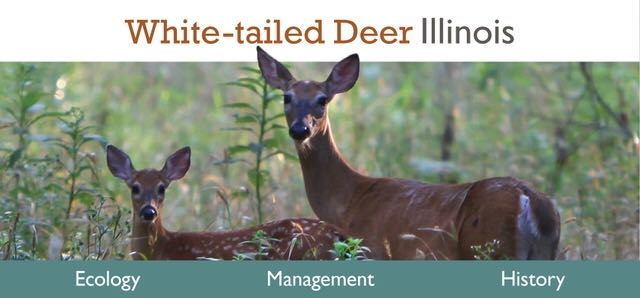
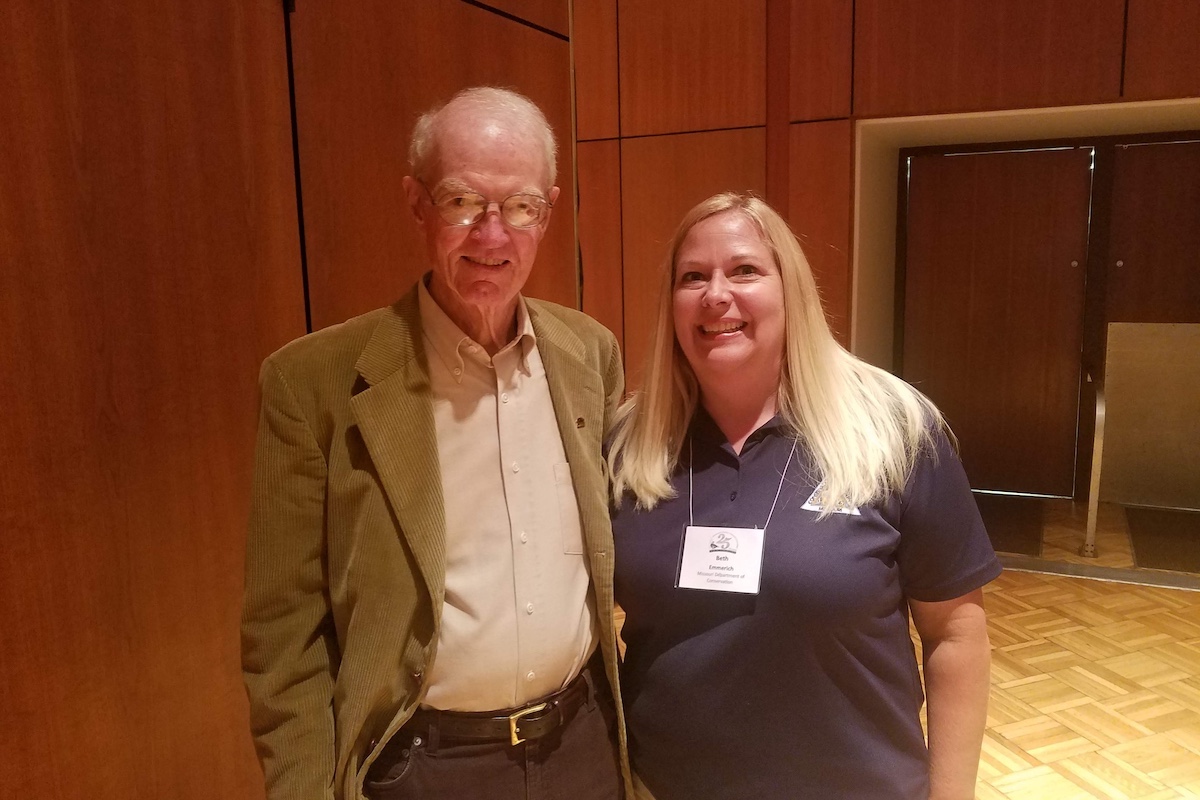

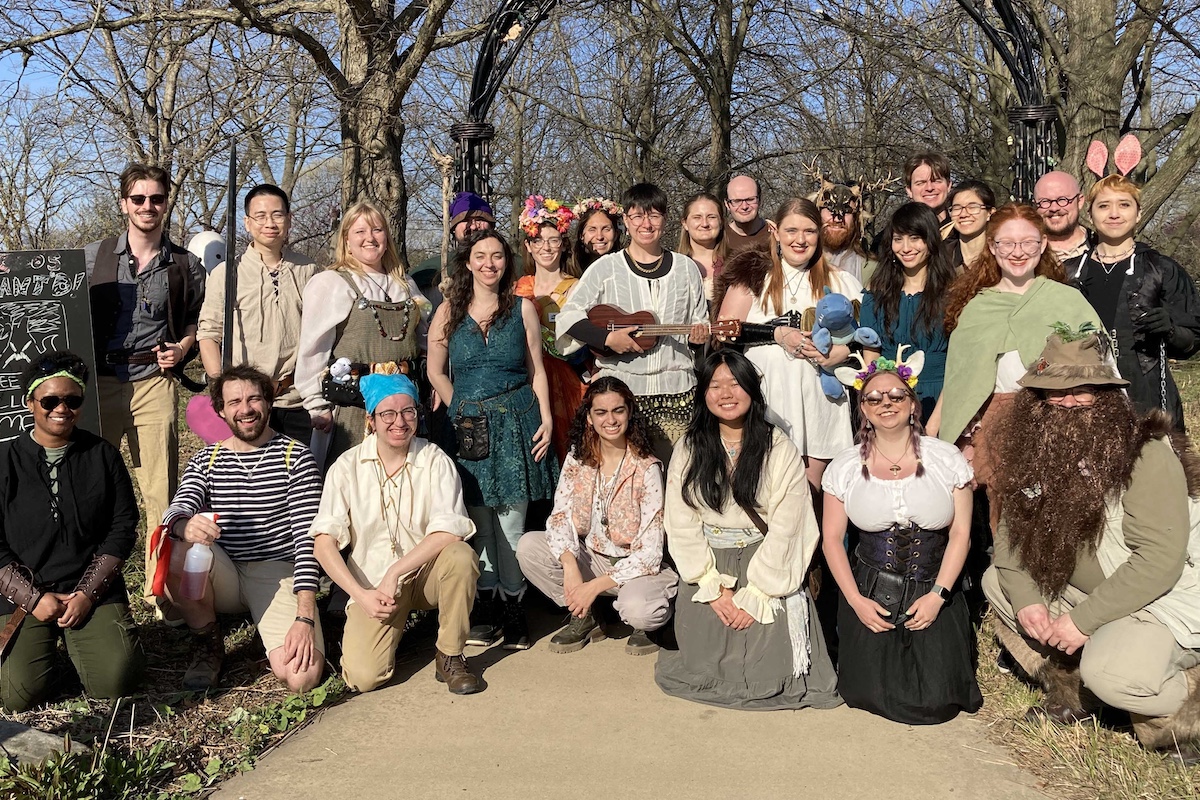


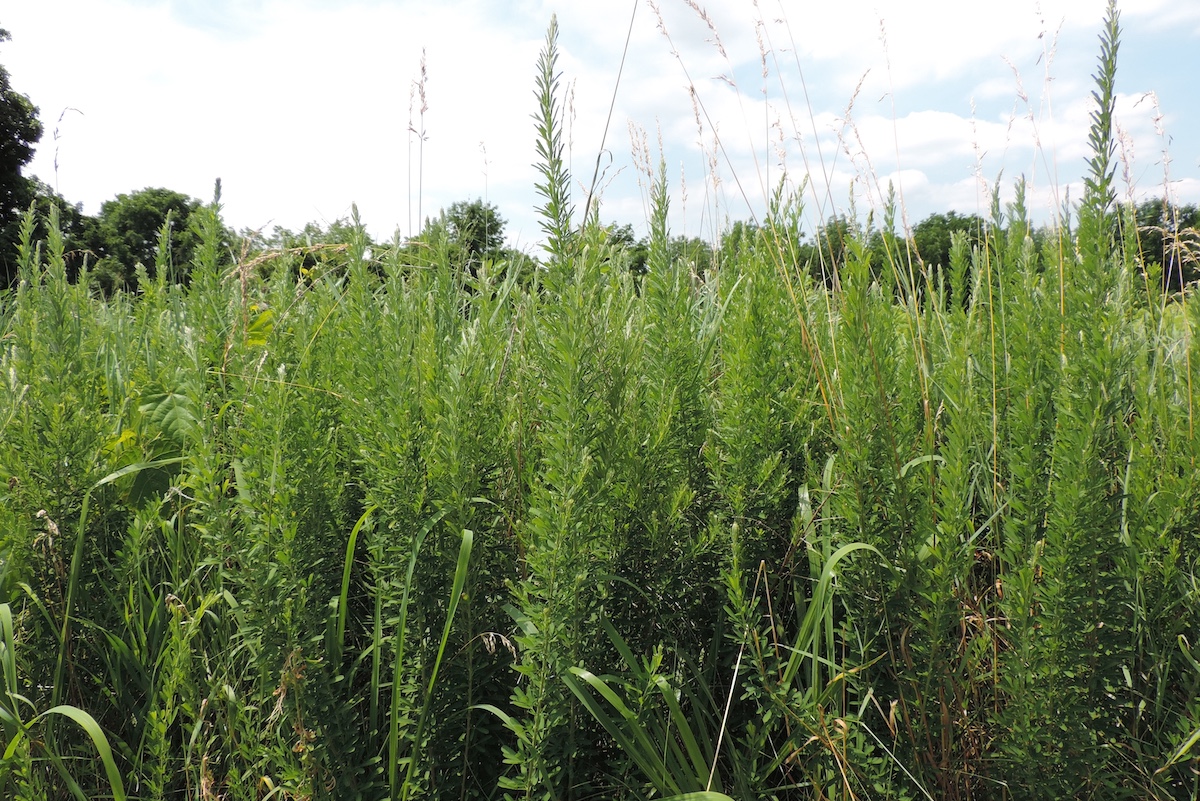

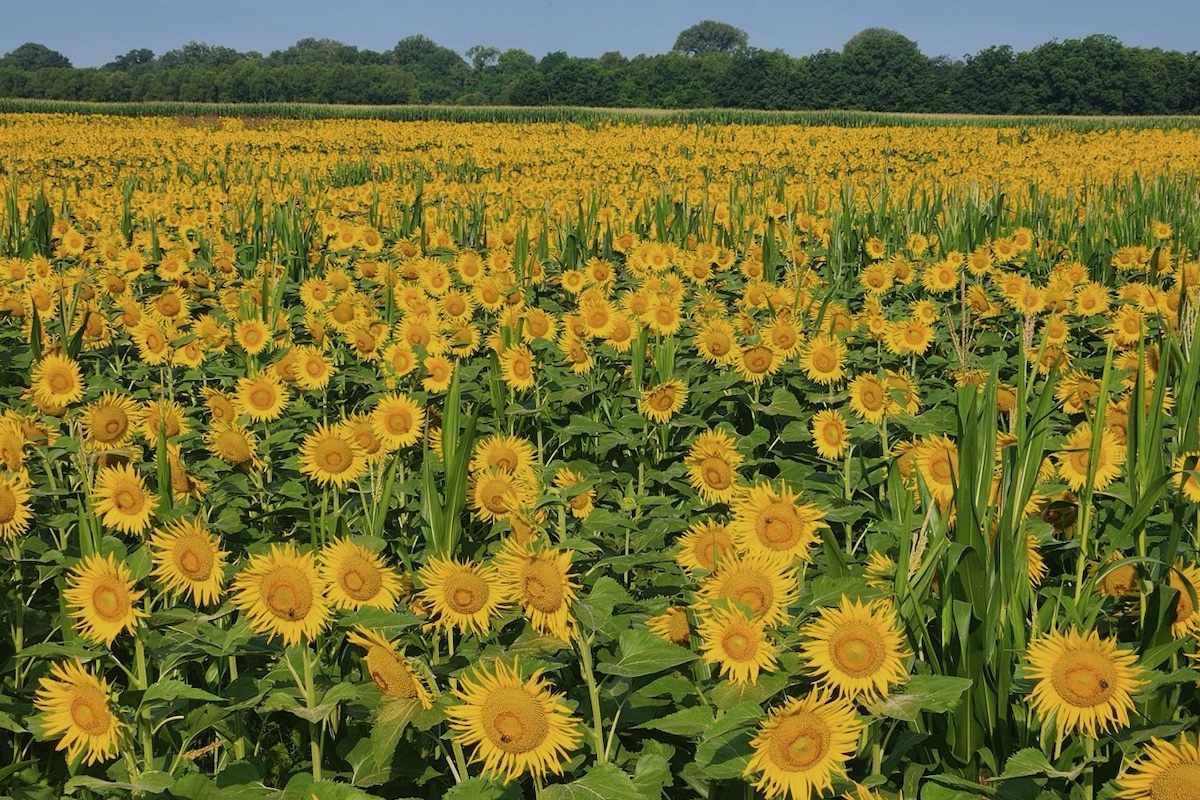
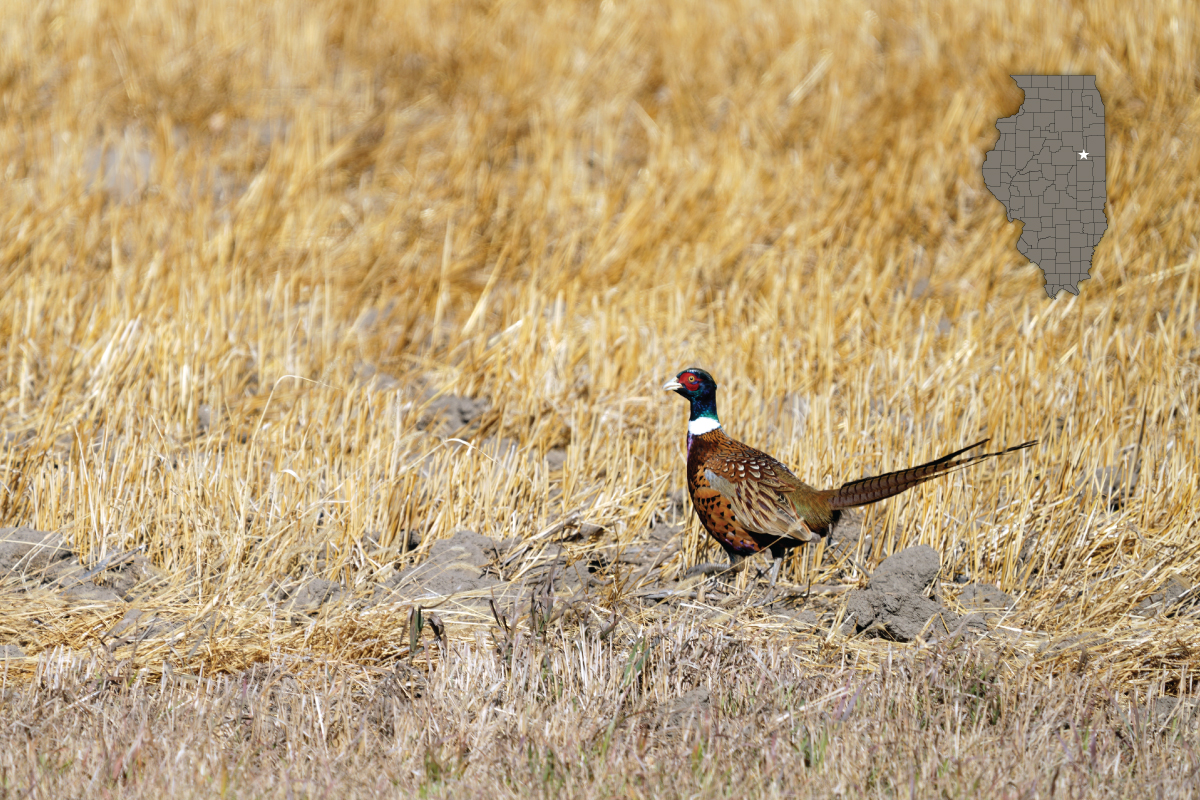
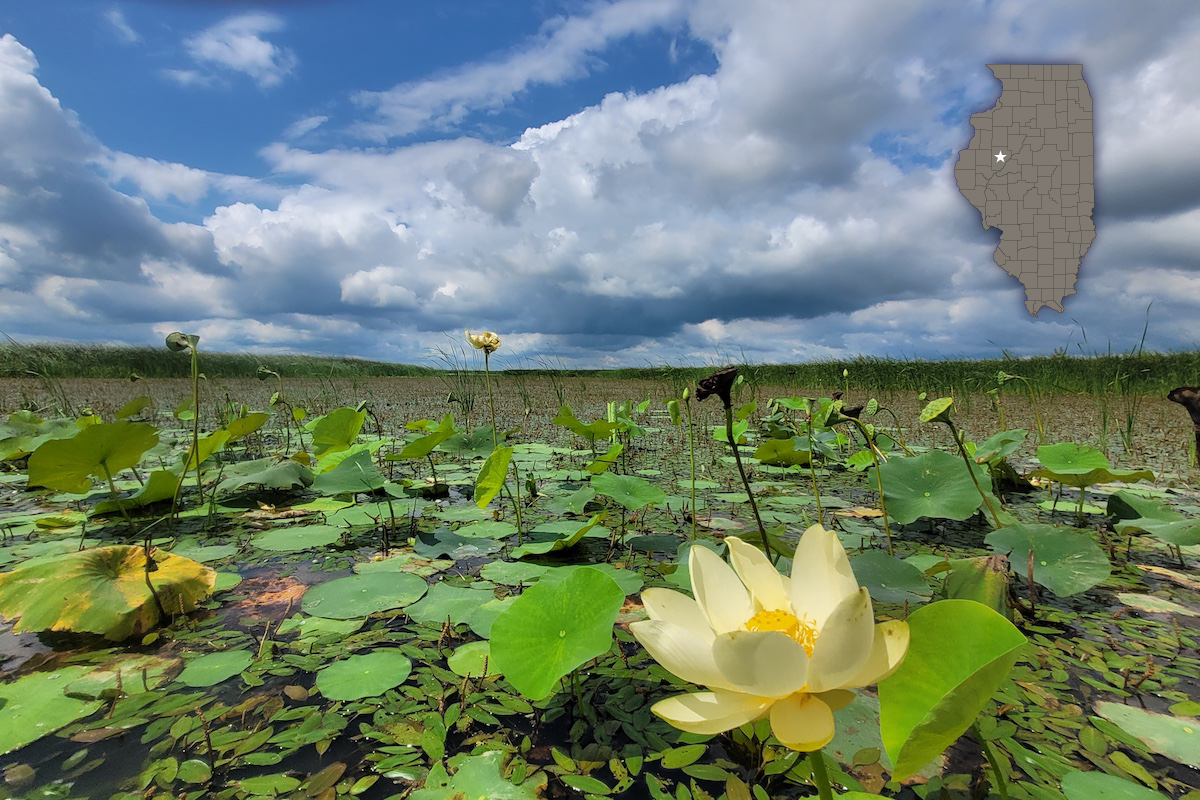
Submit a question for the author